When the sun dips below the horizon, Hawaii’s underwater world doesn’t go dark — it lights up.
Beneath the waves, the Pacific transforms into a glowing dreamscape, where nature’s most extraordinary creatures put on a radiant, real-life light show.
Through dazzling bioluminescence, these animals create their own illumination in the deep, turning every night dive into a surreal encounter that feels more sci-fi than sea life. But make no mistake — these glowing wonders are very real, and they’re waiting just beneath the surface.
1. Hawaiian Bobtail Squid: Nature’s Tiny Lightbulb
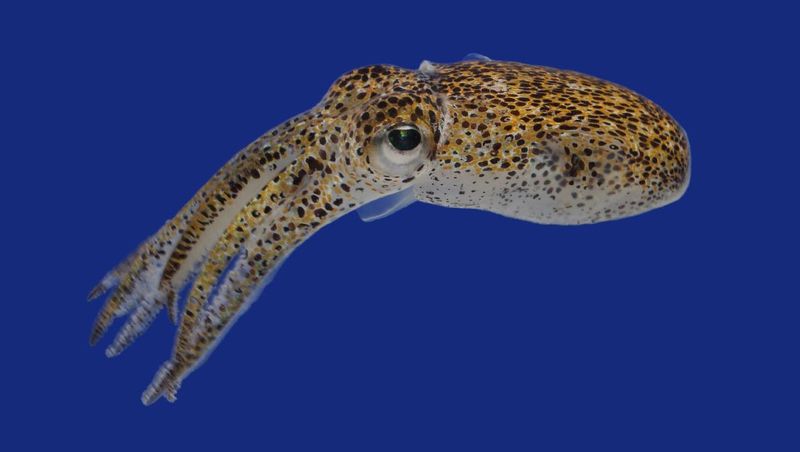
Barely bigger than a thumb, these adorable cephalopods pack a dazzling light show into their diminutive bodies. The Hawaiian bobtail squid houses colonies of bioluminescent bacteria in a special light organ beneath its mantle.
These microbes create a blue-green glow that closely mimics moonlight filtering through water, eliminating the squid’s shadow and making it invisible to predators below. This clever camouflage technique is called counter-illumination.
Most active at night, these squid bury themselves in sand during daylight hours, emerging after dark to hunt small crustaceans and fish while their bacterial buddies light up the ocean.
2. Lanternfish: The Twinkling Stars Of The Deep
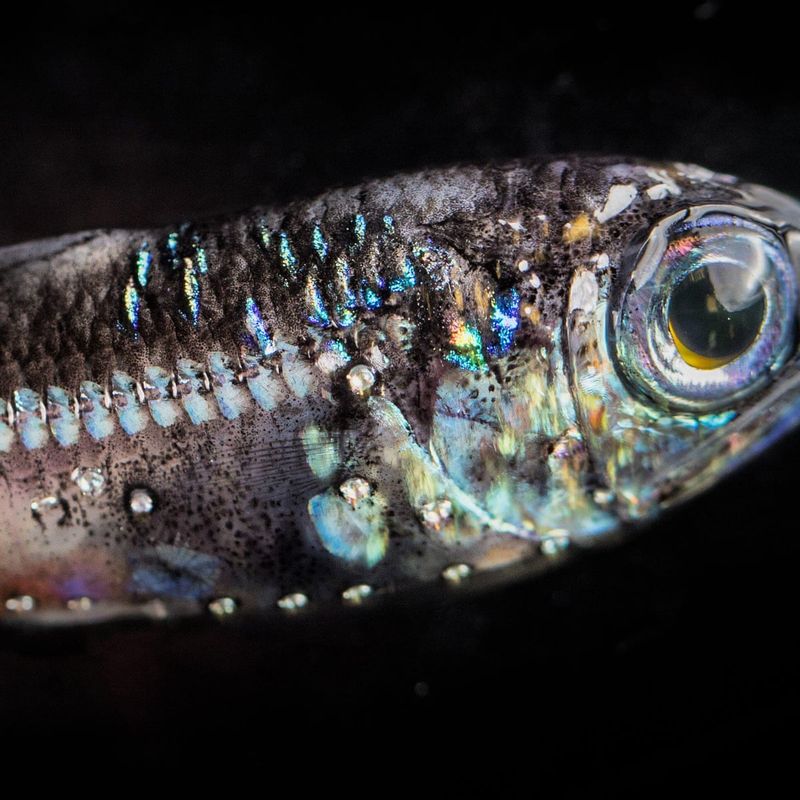
Millions of lanternfish rise from the depths each night, creating what locals call ‘the swimming stars.’ These slender, silver fish possess rows of light-producing organs called photophores along their bellies and sides.
What makes lanternfish truly remarkable is their synchronized migration pattern. During daylight, they hide in deep waters (1,000+ feet down), but ascend to surface waters after dark to feed on plankton. Some Hawaiian species can flash their lights in patterns specific to their species.
Scientists believe these blinking displays help lanternfish recognize potential mates in the vast darkness, essentially creating underwater dating signals visible to night divers.
3. Flashlight Fish: Living Headlamps Of The Reef
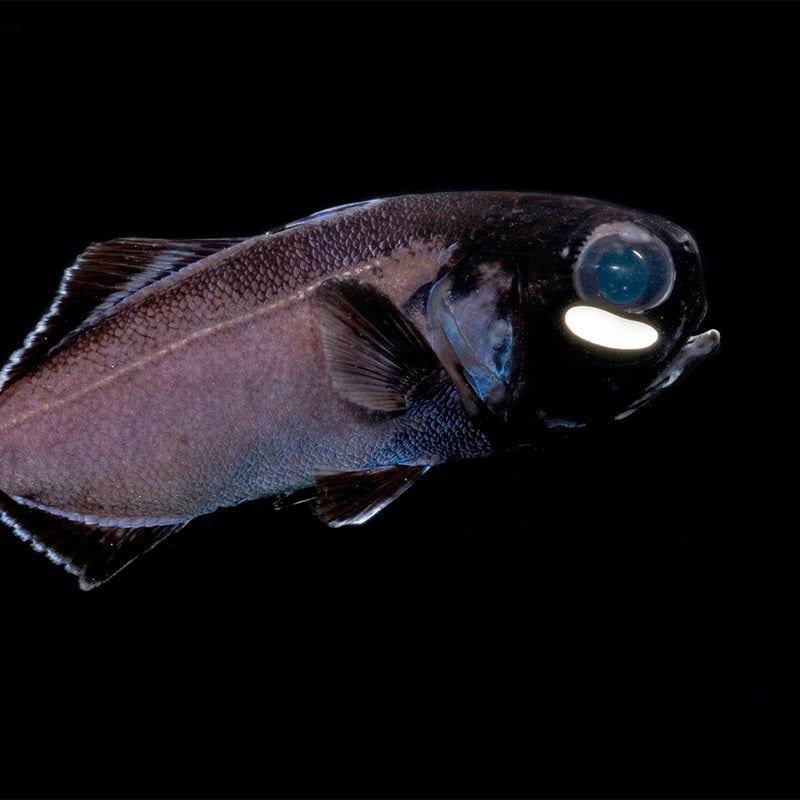
Flashlight fish earned their name honestly—they literally look like swimming flashlights cutting through Hawaii’s black waters. Their secret? Bean-shaped organs below their eyes filled with bioluminescent bacteria that produce an eerie blue-green light.
I’ll never forget my first encounter with them off Kona’s coast. These nocturnal hunters can actually control their light by rotating the organ with a specialized lid, creating a blinking effect that disorients prey and confuses predators.
They use their natural headlamps to illuminate potential meals, communicate with others, and navigate complex reef structures in total darkness—nature’s perfect underwater lighting system.
4. Comb Jellies: Rainbow Light Dancers
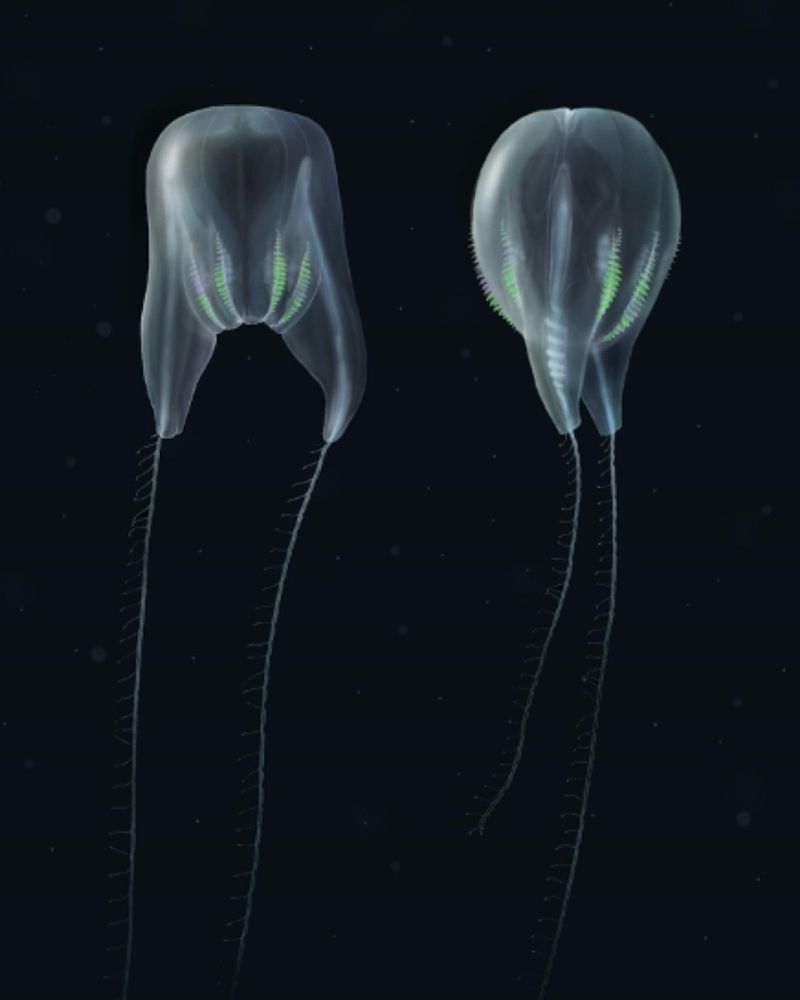
Unlike true jellyfish, these gelatinous beauties don’t sting—they hypnotize with rainbow light shows. Comb jellies (ctenophores) create shimmering light displays using specialized cilia that refract light like tiny prisms, while also producing true bioluminescent blue flashes when disturbed.
Their transparent bodies appear to pulse with electric currents as waves of color ripple along their eight comb rows. Hawaiian waters host several species, including the Venus’s girdle, a ribbon-like ctenophore that undulates through water like a living aurora borealis.
These fragile creatures can regenerate if damaged and use their light displays to startle predators—a dazzling defense mechanism that transforms night dives into underwater light festivals.
5. Bioluminescent Plankton: Living Ocean Glitter
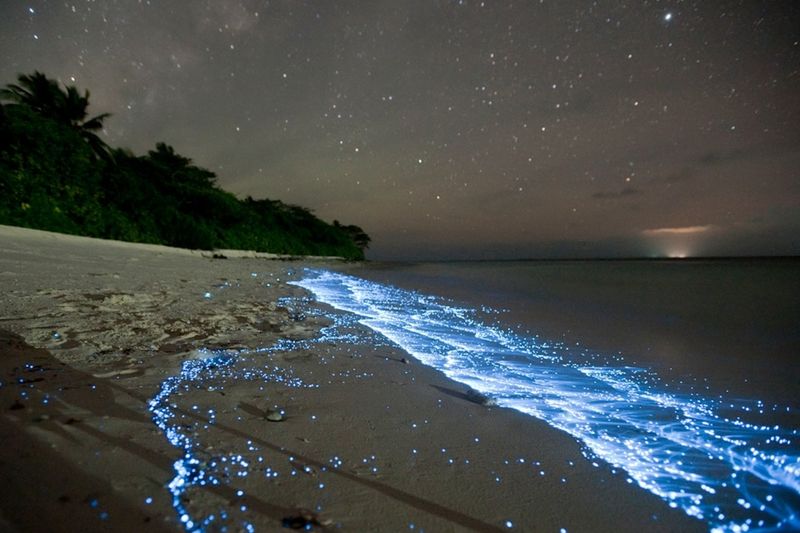
Swipe your hand through Hawaiian waters on moonless nights and witness thousands of tiny lights ignite around your fingers. These microscopic dinoflagellates—single-celled plankton—create one of nature’s most magical displays.
Each organism emits light when disturbed, a defense mechanism that helps expose predators to larger hunters. During algal blooms, these plankton can become so concentrated that breaking waves, swimming fish, and even boat wakes leave glowing blue trails across the water’s surface.
Hawaiian surfers sometimes experience the thrill of ‘riding the light’—catching waves that glow beneath their boards, creating an unforgettable experience where every splash becomes a burst of living light.
6. Dragonfish: Fearsome Faces With Glowing Fangs
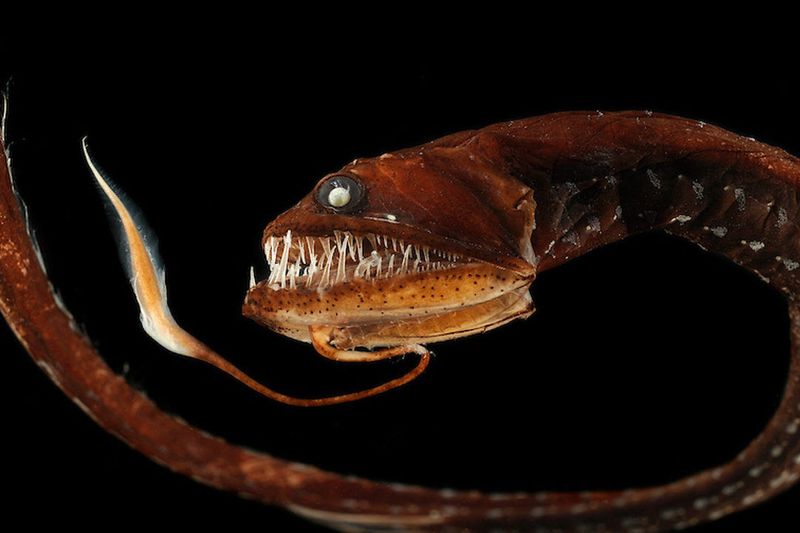
Straight from your deepest nightmares comes the dragonfish — a deep-sea predator with a terrifying yet fascinating adaptation: glowing teeth. These fierce hunters prowl Hawaii’s offshore depths, emitting red bioluminescent light that most marine creatures can’t even detect.
Their needle-like teeth contain light-producing cells, creating the eerie effect of a mouth full of glowing fangs piercing the darkness. Adding to the horror-movie appeal, a barbel (a glowing lure) dangles beneath their chin, drawing in unsuspecting prey.
Few night divers encounter dragonfish as they typically live beyond recreational diving depths, but those lucky enough to spot one during deep technical dives witness one of the ocean’s most alien-looking light displays.
7. Siphonophores: Glowing Colonial Strings Of Light
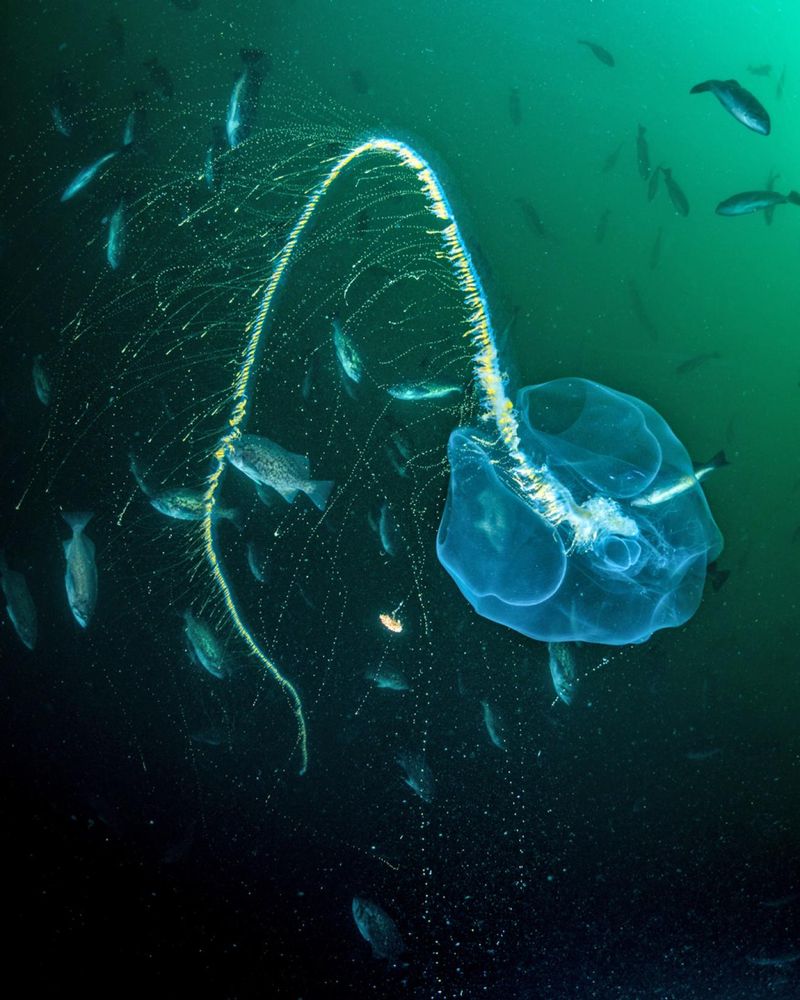
Picture a floating string of holiday lights stretching up to 130 feet through black water—that’s a siphonophore. These bizarre colonial organisms aren’t single animals but collections of specialized individuals working together, each performing different functions like movement, feeding, or reproduction.
Hawaii’s waters host several bioluminescent species that produce pulsing waves of blue-green light along their transparent bodies. The effect resembles fiber optic cables drifting through the darkness.
Many siphonophores use their light displays to attract prey or confuse predators. Watching these living light chains undulate through dark waters ranks among the most surreal experiences available to Hawaiian night divers—ghostly illuminated strings moving with surprising coordination.
8. Cookiecutter Shark: The Glowing Ambush Hunter
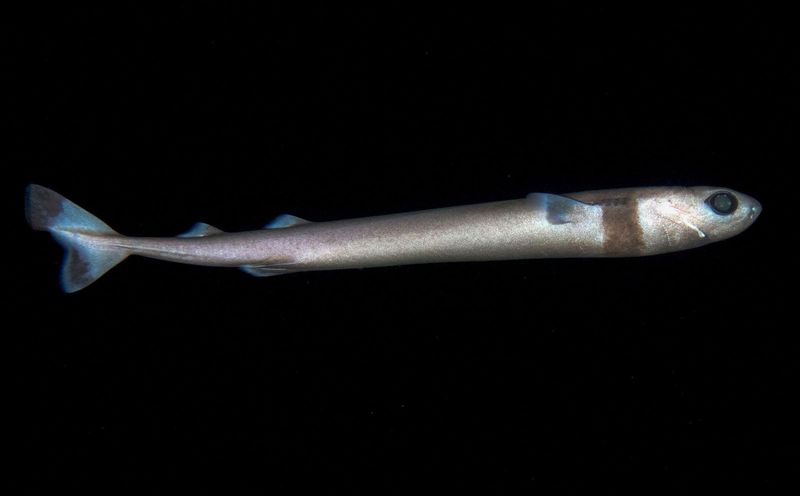
Measuring just 20 inches, the cookiecutter shark punches well above its weight class thanks to a devious hunting strategy involving bioluminescence. Their bellies glow green while a dark collar remains unlit, creating the illusion of a smaller fish silhouette — a clever trap for larger predators that get too close.
During a technical dive off Maui last year, our guide pointed out the distinctive circular bite marks these sharks leave on everything from tuna to whales — even submarines! Their specialized jaws function like melon ballers, removing near-flawless plugs of flesh from creatures hundreds of times their size.
Hawaiian waters are home to healthy populations of these bizarre little sharks, which use light not as a warning but as deadly bait in their eerie underwater hunting grounds.
9. Fireworms: Pulsing Light Rings Of the Reef
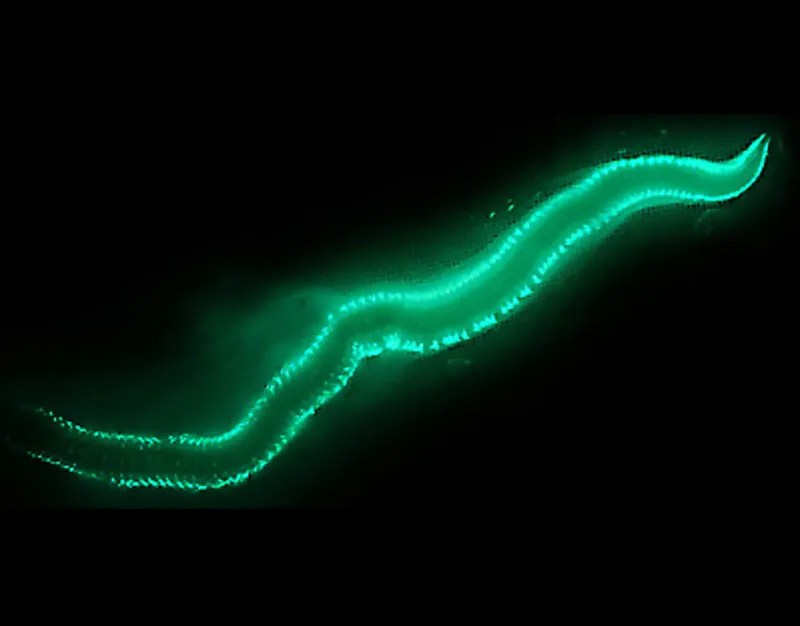
Few underwater sights match the ethereal beauty of fireworms during their mating ritual. These segmented marine worms transform into swimming rings of blue-green fire during specific moon phases, creating one of Hawaii’s most predictable bioluminescent spectacles.
The female worms release a chemical that causes both sexes to detach their rear segments, which become packed with either eggs or sperm. These reproductive segments rise to the surface, glowing intensely while swimming in spiraling patterns to attract mates.
Local dive operators schedule special night excursions timed to these lunar-synchronized light shows. Careful observation is key—while gorgeous, fireworms earned their name from bristles that can deliver painful stings to unwary hands.
10. Deep-sea Anglerfish: The Living Lantern
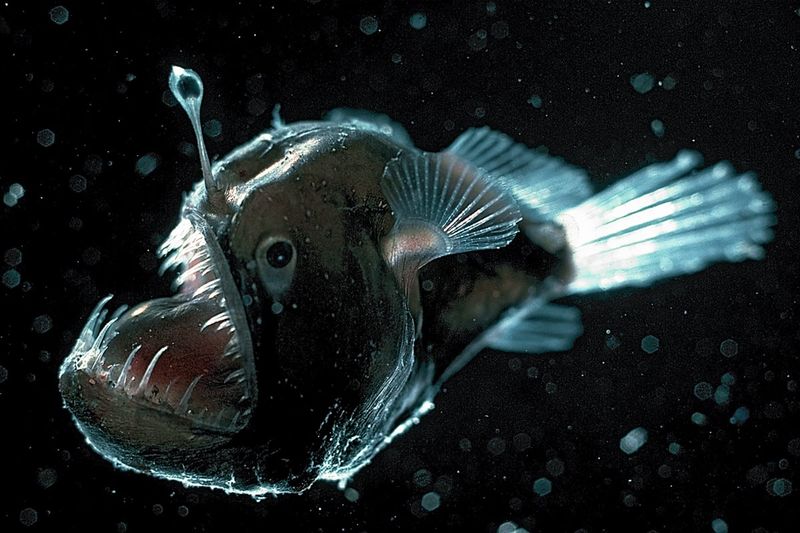
The ocean’s most famous light-bearer lurks in Hawaii’s deepest waters. Female anglerfish sport a modified dorsal spine that extends forward over their massive jaws, ending in a bioluminescent lure called an esca—essentially a living fishing rod with a glowing bait.
Small creatures attracted to this hypnotic light quickly find themselves inside the anglerfish’s needle-lined mouth. Hawaiian species typically have additional light organs dotting their bodies, creating an otherworldly appearance in the lightless depths.
Few recreational divers ever encounter these living lanterns as they dwell thousands of feet down, but submersible expeditions occasionally document these remarkable predators using nature’s oldest trick—light—to survive in the darkest place on Earth.
